What's an Art Model? How to Become One
What is an art model? Art models are hired by a range of artists who want to capture the human form for their work. These models must see themselves as works of art and have the confidence to stand in front of a large group of art students or professionals.
Understanding the professional path and duties of an art model will help you determine whether or not you want to pursue this path.
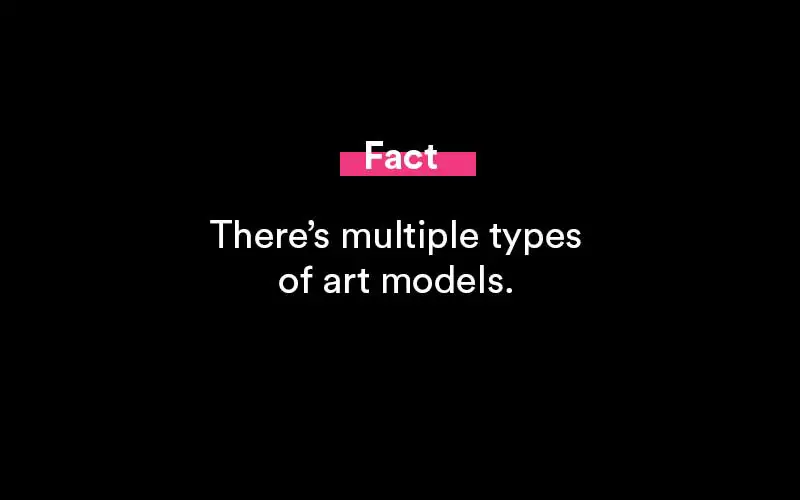
What is an art model?
An art model is someone who volunteers to be drawn, painted, sculpted, or photographed by artists. Art models frequently pose for individual artists, but they also frequently pose for art students in class. To allow painters to capture the lines and curves of their bodies, art models must be comfortable posing in the same posture for lengthy periods of time. They can pose for professional painters for days or weeks at a time in order to capture and finish realistic paintings, drawings, or sculptures.
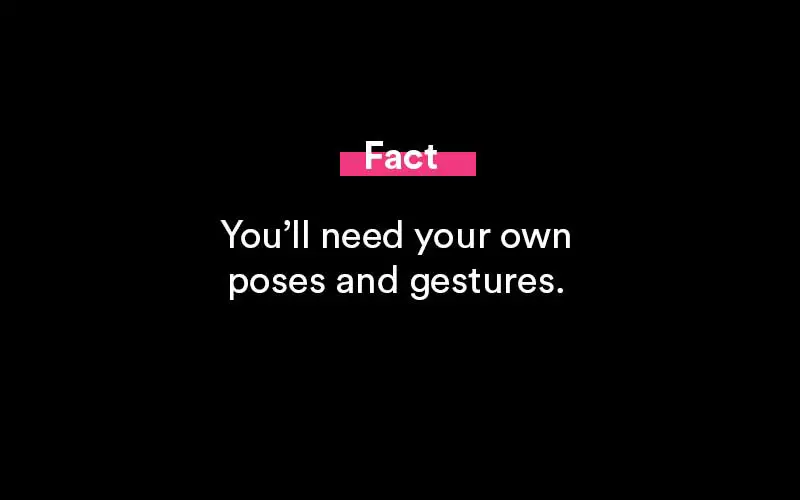
What does an art model do?
An art model's tasks can include the following:
- Posing in classes and studios for aspiring and professional artists
- Continuing to hold stances or facial expressions for long periods of time
- Posing for individual paintings, drawings, or sculptures by students or professional artists.
- Changing postures, facial expressions, and movements to convey the artist's desired impression
- Keeping track of finished art modeling tasks in a portfolio
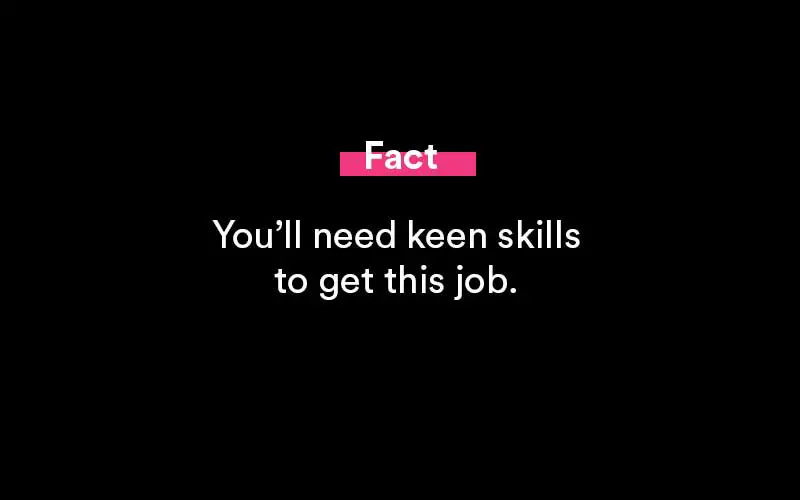
Average salary for an art model
An art model's average hourly wage is $25.75, with some models earning between $7.25 and $778.70 per hour. Because many models are freelancers with varying degrees of expertise, the pay rate for art models can vary. The amount an art model makes is likely to be determined by the length of the assignment, their degree of experience, and the client for whom they are posing.
Art model qualifications
Before beginning to pose for art students or professional painters, an art model must generally meet a few requirements, including:
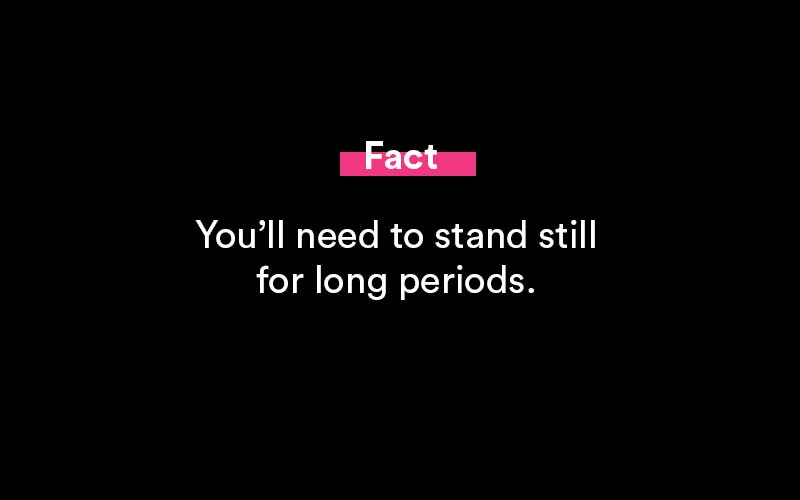
Get a high school diploma
A high school diploma or GED is the minimal educational requirement for art models. Individuals interested in becoming art models should begin their training in high school by attending art classes or volunteering to model for starting art students.

Audition for an art model role
Before being recruited, most art modeling positions need an audition. Employers can request that you pose in various postures and wear various clothing. They want to see your body form, posture, and the shadows you throw in various lighting conditions. This allows them to determine whether you are a suitable fit for the art they want to create for themselves or their pupils.
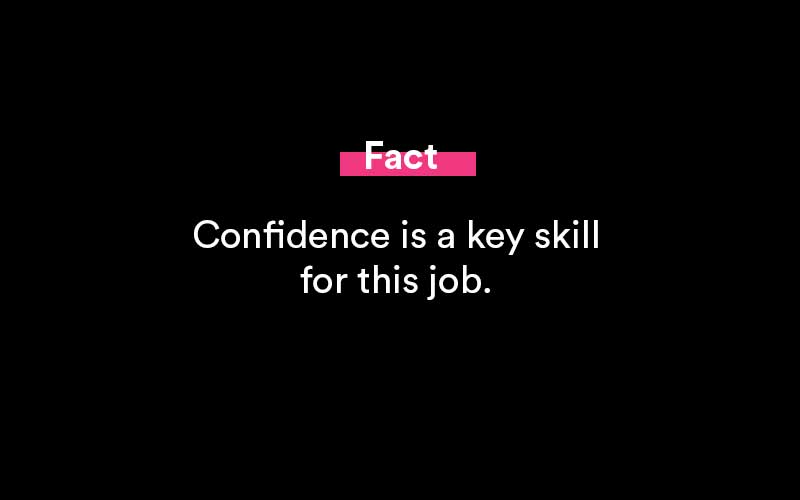
Hold poses for 20 seconds to 25 minutes of time
Models can hold a variety of poses for up to 25 minutes at a time, with pauses in between. Any change in their body postures can alter the shadows and outlines, making it difficult for painters to accurately depict the model's shape.
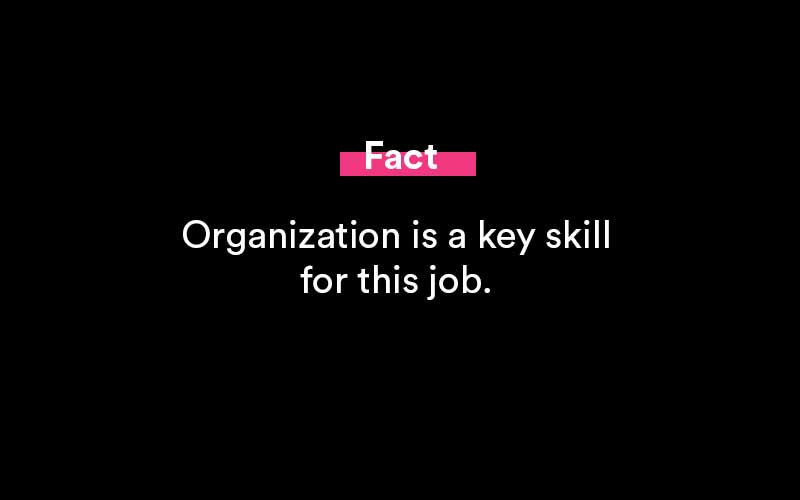
Build a portfolio
Art models should concentrate on developing a portfolio that they can present potential employers in order to secure fresh work. They might accomplish this by employing a photographer to shoot them in various postures, or they could photograph artwork that they have posed for. To attract potential jobs, several art models build websites to display their work and offer brief biographies about themselves.
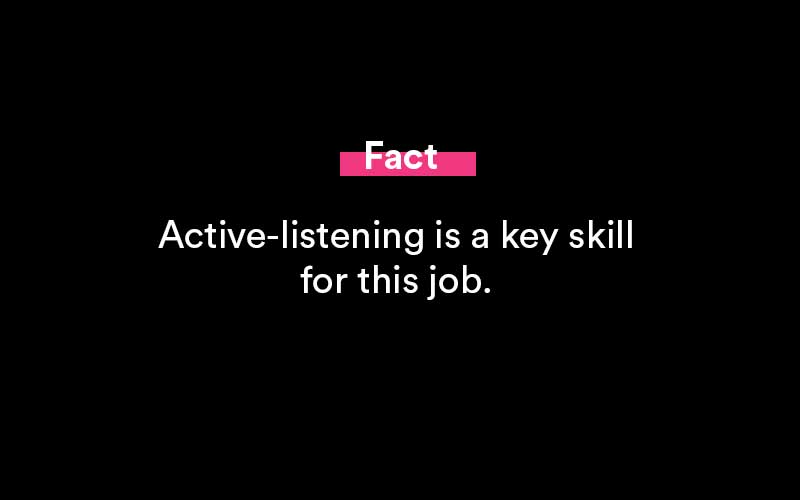
Get a letter of recommendation
Art models can need letters of recommendation from artists and art professors with whom they've worked to demonstrate their professionalism and skill when seeking for jobs.
Common questions
Here are some answers to some of the most commonly asked questions regarding modeling for the arts:

What skills should art models have?
Art models work for figure drawing, figure painting, sculpture, photography, and more. To be successful in their jobs, art models must have a certain set of abilities and qualities, such as:
Stamina
Art models are required to pose for long periods of time. Models must be physically capable of sitting, standing, or lying down in different postures for as long as the artist or instructor demands. Some postures are taxing on the limbs and other areas of the body, therefore models who can't hold a pose for more than 20 minutes should inform their boss ahead of time.

Confidence
Because art models must stand in front of people and have people gazing at them attentively, confidence is a crucial characteristic to have.
Organizational skills
Art models can have many engagements per day or week, and they must properly manage their portfolios and calendars in order to keep booking work.
Active-listening skills
Art models must pay great attention to guidelines and instructions on the posture of their body during modeling sessions when posing for artists and pupils.
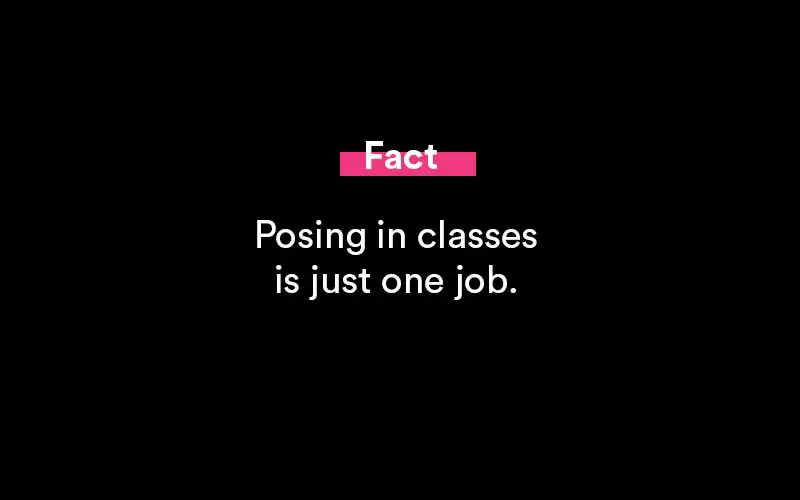
What does a typical day look like?
Models for art students frequently work in studios, posing in the center of the room. Artists usually perform rapid drawings of various positions in small increments during their warm-up time. Art models must hold positions for extended lengths of time once the warm-up is completed, with small pauses in between. They remain still and maintain facial emotions so that art students can correctly depict the human shape in order to improve their artistic talents.
Models who are commissioned by professional or individual artists can have more privacy than those who work in a classroom, but they can be required to pose in a variety of locations for the artist, and the projects can continue longer and need them to stand for extended lengths of time.

What's the work schedule like (typical work schedule)?
An art model's regular schedule varies based on who they work for. They usually arrange their work around the artist's demands, while art models who pose for classes organize their work around the class timetable. They can be available in the evenings, on weekends, or throughout the day.
They can pose for professional painters for days or weeks at a time in order to capture and finalize realistic paintings, drawings, or sculptures.
Who uses art models for work?
Art models are mostly self-employed, however, they can work for universities or art professors on a regular basis. Local art studios, skilled sketch artists, painters, and photographers work with the majority of art models.
Most art models find jobs in education and manufacturing, contrary to popular belief. Rather than art projects or working with art teachers assisting with figure drawing and being a human figure.
Do art models need to have a certain aesthetic?
Students must learn how to sketch a range of life forms for lessons, therefore art models of various ages and body kinds can apply for jobs posing for them. Professional painters and photographers can have particular qualities in mind when seeking a model, although this depends on the type of artwork they want to create.
Popular Resources

Featured
35+ Phone Interview Questions & Best Sample Answers
Phone interviews have become a core part of the process when attempting to find a secured placement for an open position. Companies receive massive responses from potential candidates for any..

Featured
12+ Best Questions To Ask A Recruiter
Concerning a job search, you might receive numerous offers from your recruiters. Before you choose one, you need to assess all the conditions, for which it is vital that you know everything associated with the offered position..

Featured
Answering "What Makes You Unique" In A Job Interview
Answering this question during a job interview requires more than knowing why you are unique as an individual. Yes, the true scientific answer is made up of two main components: your..

Featured
250+ Ice Breaker Questions for Life
An ice breaker question is a question that’s asked from one person to another person in order to act as a conversation starter. It brings a connection...

Featured
10 Best Answers to "What Motivates You?"
Open-ended questions like “What motivates you?” can elicit a deer-in-the-headlights reaction from job candidates if they are unprepared. It’s a broad question and can leave the interviewer..

Featured
Answering "How Did You Hear About This Position" In An Interview
A lot of interviewers ask this question - how did you hear about this position? This way they can judge you if you are a passive or an active job seeker..

Featured
8 Best Thank You Emails After an Interview (Samples, Free Templates)
Writing a thank you note after an interview says a lot about you as a potential employee. Most notably, it says that you care about the opportunities presented..

Featured
Writing a Resignation Letter (How To Write It, Samples)
Writing the perfect letter of resignation is more of an art than it is a science. And we’re going to cover how to master that art form in this full guide..

Featured
How to End a Letter (Example Salutations, Sign Off's)
Knowing how to end a business note or email is an important skill to develop. It helps portray a sense of confidence, respect and tone to your message..
